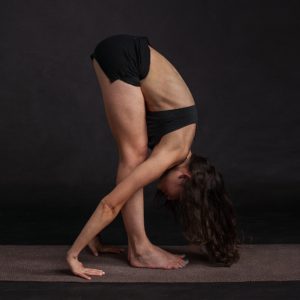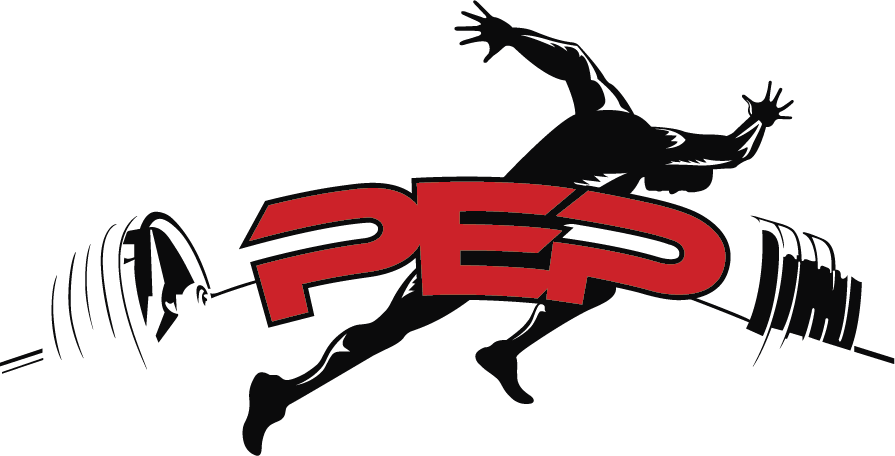
Change of Direction vs. Agility Training
A lot of coaches and trainers refer to change of direction (COD) training and agility training as one and the same — but they aren’t. When it comes to COD and agility training, both are necessary for an athlete’s performance, but there are certain drills specific to each that prepare an athlete for anything that’s thrown their way.
What Is Agility Training?
Technically speaking, agility refers to “a rapid whole body movement with change of velocity or direction in response to a stimulus.” With respect to athletes, agility means an athlete can accelerate in a specific direction as fast as possible, with the ability to instantly decelerate in the same direction, plant, and effectively change position or direction within the shortest period of time possible.
Good agility can make the difference between a good athlete and an average one, as well as provide an advantage to avoid injury.
It’s important to recognize that the change in velocity or direction is in response to an external stimulus provided by an opponent’s actions, meaning that a change in direction is not a random occurrence, but rather is a result of an external stimuli provided by an opponent defending or attacking. This definition of agility respects the cognitive components — visual scanning and decision making — that contribute to agility performance in a sport.
The difference between agility and COD training doesn’t seem very evident, but lies in the reactive component that is part of agility training. Five cognitive functions comprise this ‘reactive component’:
-
- Visual processing
- Timing
- Reaction time
- Perception
- Anticipation
If any of these components are absent during traditional agility tests or drills, then the drills are actually change of direction (COD) rather than agility.
What Is Change Of Direction (COD) Training?
COD training, by definition, is any activity with closed skills that involves a rapid whole-body movement with a pre-planned change of velocity or direction. It eliminates the reactive element associated with agility training, and this situation doesn’t require immediate reaction to a stimulus.
Another way to think of COD drills is as “closed” agility drills — they are pre-programmed movements that an athlete must complete without any sudden reactionary movement required. These types of drills are great for introducing certain concepts to athletes, including:
-
- Acceleration and deceleration
- Body positioning
- Posture
- Force application
An Example…
If an athlete is playing in a soccer game and a player comes full force at him, he must change direction immediately to avoid a collision or losing possession. This is considered agility. However, if an athlete is told to run through a series of cones as fast as possible, this is an example of change of direction training. The difference lies in the reactive aspect (the opponent as a stimulus) of the agility drill versus the lack of stimulus in the COD drill. Here, there is no reactive component for the player to recognize and respond to.
Why Agility Training AND COD Training Are Important For Athletes
Agility training is a critical for athletes and helps prepare them for the unexpected that occurs with invasive sports like soccer, football, hockey, combat sports or martial arts, and the like.
Incorporating agility training is beneficial to develop:
-
- Timing
- Coordination
- Balance
- Directional change
- Body control
- Speed
- Strength
COD training lays the foundation for agility training. Putting athletes through closed-skill drills, or change of direction training, helps them to understand the basics of eccentric strength for deceleration, body posture, limb angles, core engagement, and force application for re-acceleration, which ultimately translates into better agility. Once an athlete is proficient with COD drills, he or she can move on to incorporating agility drills into their training.
The specific methods of agility training that become part of an athlete’s training program include technical skills and change of direction drills that involve anticipated and unanticipated changes of direction to prepare athletes on all levels.
Including both agility and COD drills into an athlete’s training regimen is important to continually challenge and elevate the ability to adapt and react to game-time situations. When putting athletes through agility and COD training, it’s important to consider the benefits of both. Ensure that they understand and master the fundamentals before progressing to a more challenging level, as these will lay the foundational knowledge to ensure athletes are ready to progress into a more reactive environment.
Get An Advantage
1. Concentric Strength and Power
Concentric strength and power are important during the re-acceleration phase of COD training. In many field sport settings, after a deceleration, a plant occurs, followed by re-acceleration in another direction. Ground contact time is longer in the acceleration phase than in the deceleration phase — and maximum and explosive strength abilities are essential to minimize the time spent in contact with the ground. As such, the more force an athlete can impart into the ground and the faster they can generate that force, the more efficient the re-acceleration phase will be.
Athletes can achieve concentric strength in several ways. It can be done using traditional methods like heavy explosive squats or lunges, but also by decreasing or eliminating the stretch-shortening cycles that contribute to lifts, for example, implementing concentric squats.
2. Eccentric Strength
Eccentric strength is important for athletes because “the ability to change direction depends largely on sufficient eccentric braking capabilities to halt momentum in one direction, before acceleration in a new direction.” It is a huge component of deceleration and stabilization during the braking phase of an exercise during tasks that involve a rapid change of direction.
When an athlete decelerates, the breaking forces that he or she is subject to are generally much higher than his or her own body weight, due to velocity of movement that occurs during deceleration. In a 2015 study conducted on female basketball athletes, researchers found that athletes who had better eccentric strength had a faster and more efficient transition between braking and propelling.
Athletes can build eccentric strength through supramaximal lifts — holds and negatives — with exercises like squats or snatches. It may also be beneficial to include some Olympic lifts in a training program, emphasizing and holding the ‘catching’ portion.
3. Isometric Strength
The third phase involved in COD tasks is the transition phase, whereby the athlete plants himself prior to changing direction and reaccelerating. In between the braking and reaccelerating phases, there is a transition where movement velocity is non-existent but larger forces are still at play. Athletes with greater isometric strength are better able to maintain a lower position when changing directions, which seems to provide them with a slight advantage over those who cannot.
Having good isometric strength is important for athletes for two main reasons:
- It helps to maintain your body in place. If you lack isometric strength, you end up fighting against momentum, which offers little benefit.
- Staying low during directional changes facilitates a better muscle length-tension relationship. When muscles are at a certain length, they produce more force. At either end of the spectrum — too long or too short — the force output decreases. If you are able to maintain a lower position during a direction change, this allows for a more ideal force production, thus resulting in greater re-acceleration.
All three types of muscle contractions play a role in eliciting faster, more explosive, and more efficient transitions between the three stages of changing direction. In order to excel at this, it’s important to regularly incorporate all three types of training.
References
https://simplifaster.com/articles/agility-change-of-direction/\
Leave a Replay
About Us
Founder, Shea Pierre, has been training athletes for the last decade and isn’t slowing down. After gathering a decade of knowledge training athletes of all ages he is expanding into the digital realm. No more paying 1000s of dollars to expensive trainers, he is going to bring you the best programs in the WORLD all available online. There are a lot of new programs that are coming out in the next year.
Recent Posts
Follow Us
Sign up for our Newsletter
Lorem ipsum dolor sit amet, consectetur adipiscing elit. Duis leo tortor, ornare a condimentum vel.


